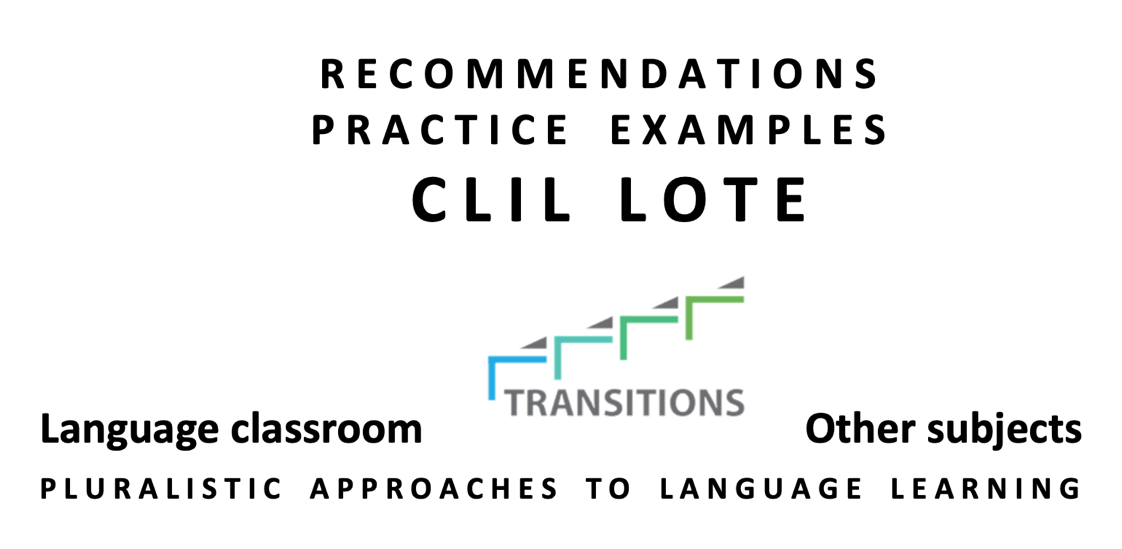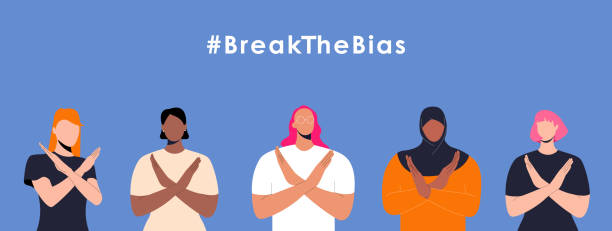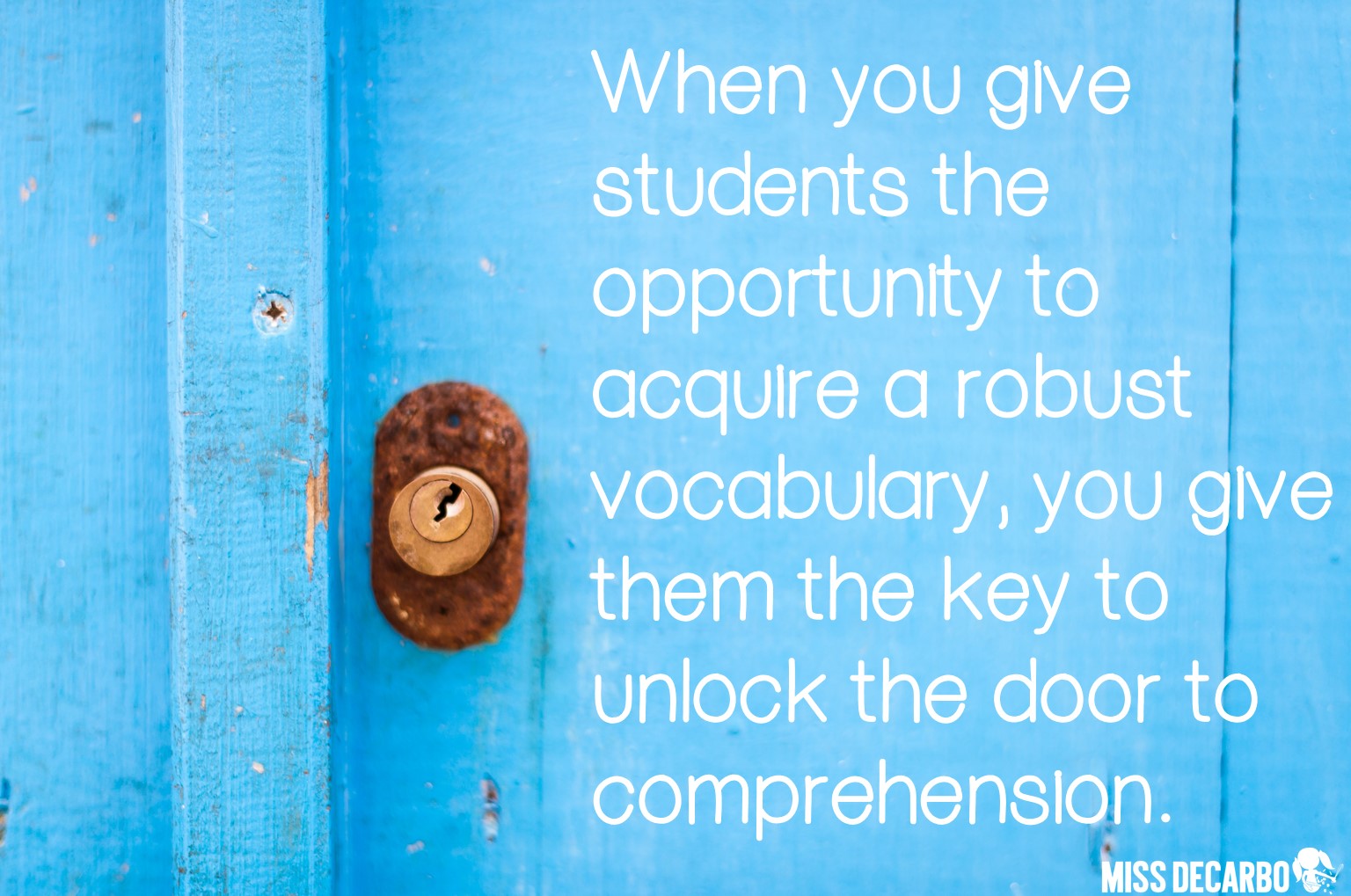My previous post aimed at highlighting the importance of working with
text type models and providing students with frames that scaffold
their written production.
Today I would like to share my "Ten commandments" for
writing across the curriculum:
1) Spend the necessary time to make students see that they are going to
have a clear purpose for their writing task. CLIL provides a purpose for
language use so this will not be a difficult aim to achieve.
2) Deconstruct text models with students, that is, analyze the structure
of the text, the use of specific vocabulary and linking words, the way
arguments have been used to support the leading statement, etc. You can see an example here.
3) Allow some time for students to generate ideas and organize them in
the classroom. I suggest that they should work with online
dictionaries to help them face vocabulary issues while you monitor the process
and answer their questions related to text structure, sentence patterns, connectors, paraphrasing
and so on.
4) Offer a wide range of writing tasks. The reason is obvious: learners
learn by doing.
5) Do not link all writing to assessment. Students need to see
that they write to learn but they should not feel anxious.
6) Provide students with scaffolding. Needless to say that when the
learner can perform the task independently, the scaffolding should be gradually taken
away.
7) Integrate writing tasks with different activities they have been
doing : write about something they have read or about a video they have seen,
a visit to the Museum, an experiment, etc.
8) Find an audience or a reader different from the teacher. There
are different ways you can do this: they can share their productions with other
students in the same class or they can include their pieces of writing int he
school magazine, for instance.
9) Do not limit your feedback to the end of the writing process. Tell
students they are progressing while they are writing (if you allow time for
writing in the classroom, which I strongly recommend)
10) Do pair
work, do peer work: the brainstorming and planning can be done in
pairs. This will also be a natural way to integrate skills because students
will be talking. Introduce peer-assessment too, asking students to say something they
liked about their peers' written production and something they could improve or
is missing. Remind them that they should pay attention to content and not only
to accuracy. You can hand out this simple tool to students so that they fill it in after reading their classmates' written work.
Looking forward to knowing about your viewpoint on each of the "commandments" from the list above.









